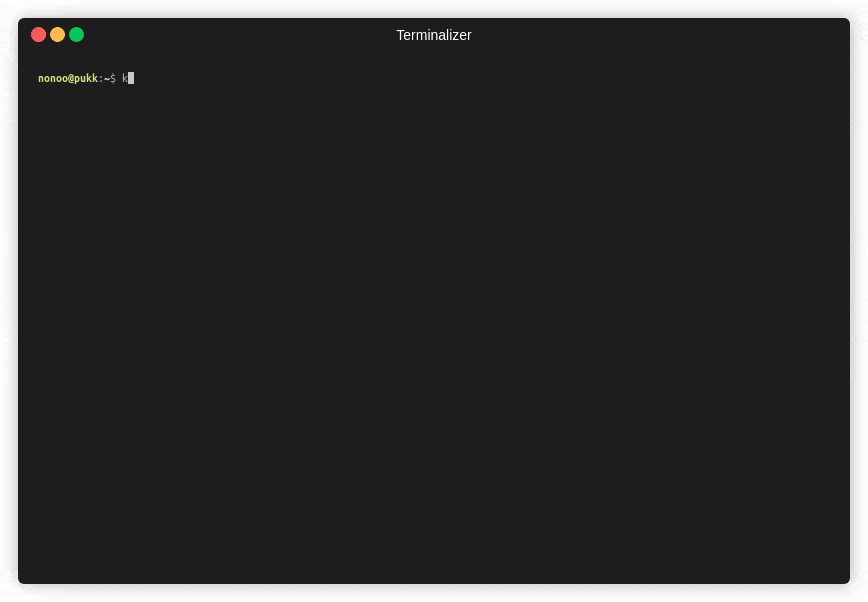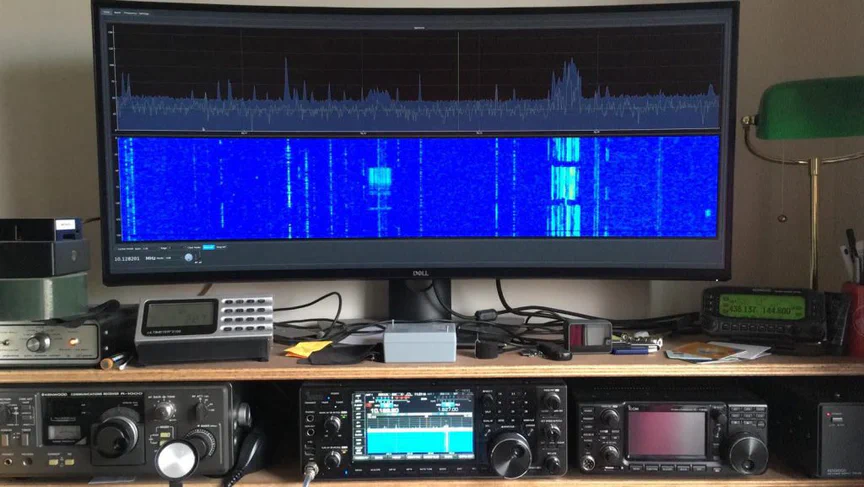Portable ops with the IC-705
Table of Contents
What I love about HAM radio is the combination of professional technology, trial and error geekiness and independence. A good combination of all these elements can be found in digital modes. You need a computer, you need a rig, and both need to be connected and play well together. Sure, you can buy off-the-shelf solutions for all that, but as a good OM you should opt to at least built or tinker with some aspects of it. For me, this isn’t the radio. To build a proper radio one needs to be, at least, an electrical engineer, better an electrical engineer and hardware designer. I’m neither. I’m happy that I can gobble together some wires and a development board to remote control a transceiver.
Notes regarding the WiFi of the IC-705⌗
The ICOM IC-705 has built in WiFi. It can act as both a hotspot (Access Point, AP) and connect to an access point (client).
- The WiFi is picky with the channels it can connect to. Best stick with 1,6 or 11 when setting up your Access point
- The range and sensitivity are subpar
- When acting as a hotspot, the IC-705 offer a built-in DHCP & name server
- The hostname of the IC-705 remains the same when connecting to an Access Point or when acting as a hotspot, meaning your connecting applications don’t need to be changed if you connect to it via its hostname
NTP functionality⌗
The IC-705 can act as a local timeserver, when its built-in GPS is active and synced to visible satellites. This functionality has some limitations:
- When connecting to an AP, the IC-705 polls the time-server promoted by the AP, it does not spread its NTP data over the network
- When acting as a hotspot, the IC-705 regrettably doesn’t offer a time signal, it only does so when connecting to it via USB
The last bullet point affects portable operations: If your computer does not have a precise internal clock, applications which rely on very tight timings, like wsjtx’s digi modes, might not work effectively. In those cases, connecting the IC-705 via USB may be required from time to time.
I contacted ICOM and asked them to expand their Firmware to offer the GPS induced NTP signal via WiFi, but was as rebuked with the following reply:
Dear Gunar,
As feature: GPS Time -> IC-705 -> Internal NTP Server on IC-705 -> WiFi
Unfortunately, the paths from idea to realization are sometimes a little longer. I don’t think everything is free of charge when it comes to implementing new features, then additional costs and licenses are inevitable for the Company. On the other side, the resources of the device do not seem very inexhaustible. Still, thank you for the interesting suggestion.
– Goran Kukalj of Icom (Europe) GmbH
Wirelessly connecting to the IC-705⌗
With the NTP caveat in mind, let’s look at how we can connect wirelessly to the IC-705. I know of two major methods:
If you use either wfview or kappanhang, they need to be running before you launch your digi mode or logger application. Otherwise, these will complain about your missing rig or audio device and may change to default values.
kappanhang⌗

The main deficit might be that it’s only available for Linux. I completely switched to Linux and OSS for my HAM radio hobby, keeping in line with the Ham Spirit. The other deficit of kappanhang may be that you need to compile it locally, even though this is a two-command business and very fast:
go get github.com/nonoo/kappanhang
go install github.com/nonoo/kappanhang
kappanhang sets itself apart from wfview in a couple of ways:
- Can be started with a single command in your terminal emulator and needs no further setup on your computer
- Creates virtual audio interfaces without the need for extra software or tinkering on the audio side
- Shows useful information, like SWR readings, in the command line
- Shows useful debug information, for when the connection is unstable
To start the application with a double click, I created a launcher on my xfce based Manjaro Desktop, which has kappanhang as target:
/home/<myuser>/go/bin/kappanhang
For further information on how to set up your radio to be reachable and controllable by kappanhang, please check its repository
wsjtx and other application supporting rigctl need to be set up to use Hamlib NET rigctl on localhost as rig. Audio devices created by kappanhang receive self-explanatory names.
I have created a wsjts configuration for kappanhang, so I can switch my setup when not working via USB or wfview without reconfiguration. This configuration works irrespectively whether the IC-705 is acting as client or as access point.
wfview⌗

wfview brings the waterfall of your modern ICOM rig to your Desktop. You can do many of the things you could do were you sitting in front of your transceiver. For some, it exposes more adjustments with dedicated buttons than the radio itself. wfview can be power hungry due to its live rendering of the waterfall, therefore I’d recommend it for stationary use in your shack.
Just like kappanhang, once set up, it creates a local hamlib based rigctl. But unlike kappanhang, it does not create virtual audio devices by itself. Setting up audio is a bit involved.
Its biggest plus surely is the availability of pre-compiled binaries, you can find downloads for macOS, Windows and Linux.
I’m using wfview on my MacBook Pro, which I used in the past for my hobby. For wsjtx I don’t need the waterfall of wfview, since it has a dedicated window for that. When using fldigi on-the-go, I am never too far away from the rig and can glance at the waterfall to find an active frequency. Should the display be hard to read, I can stop kappanhang for a moment and start wfview to find an interesting frequency.
To lower consumed system resources, open the “Settings” tab and deactivate Anti-alias waterfall and Interpolate waterfall